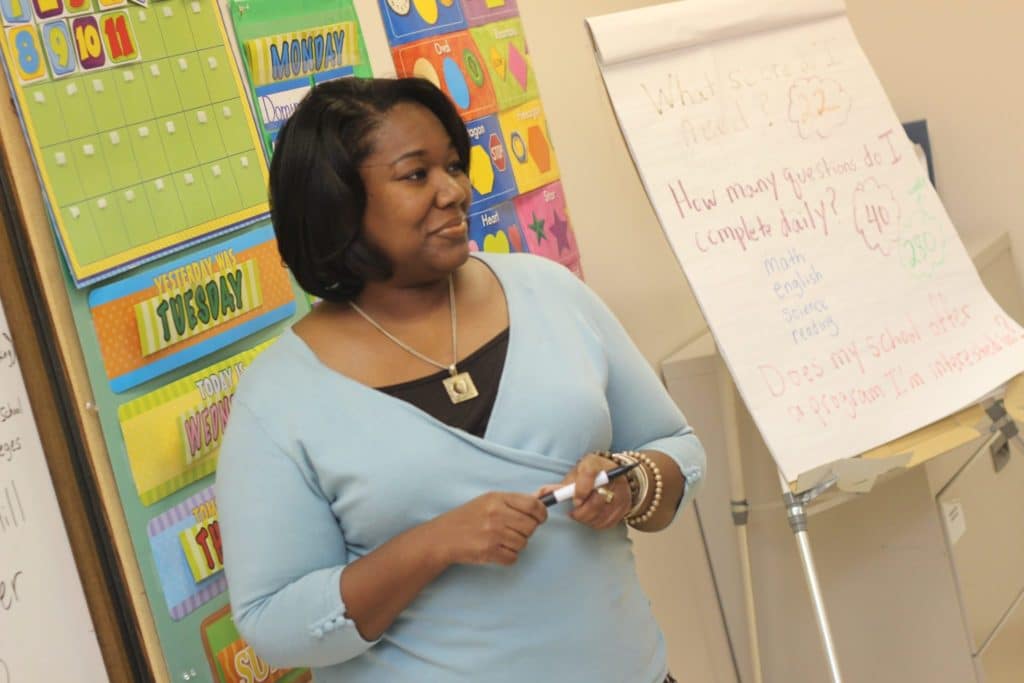Despite increasing awareness of learning disabilities and more support for students who have them, less experienced teachers still struggle when they work with these students for the first time. There is still a lot of room for mistakes, especially when learning disabilities can be from a number of causes including autism, ADHD, down syndrome and many more.
There is still good news though. If you are one such teacher, then you are now more well-equipped than ever to apply the best practices when it comes to handling learning disabled students.
Tip #1. Discover their different learning strengths.
This has become a classic, go-to strategy but only because it remains very effective. A child with a learning disability (like dyslexia) is not one that can never learn at all. They still have other ways to process information from you and the world around them.
For example, you can have a dyslexic student who may still have normal or even above average visual memory that does not necessarily have to rely on written language in order to understand. Using that knowledge, you can create presentations that do not require reading. So, if your first instinct is to play to your students’ learning strengths, then go for it!
Tip #2. Get as much orientation as you can before taking the job.
Getting an assignment to teach any sort of special needs children is not something to be done lightly. There are definitely qualifications required, both on the part of the teacher as well as the students and their families. For educators, this means getting as much information as they can regarding each student’s learning disability.
This might involve asking and studying documents about their diagnosis. It might also entail taking up additional training or workshops. In fact, some of these kids could even something like the Tomatis® program outside of school and you might want to plan your lessons to supplement them. But in any case, you cannot be faulted for wanting to prepare before officially accepting the task.
Tip #3. Patience and praise are definitely staples.
Students who are aware of their learning disabilities are doubtlessly more sensitive about it, even if they don’t express it. Hence, teachers should prepare to have patience and understand that teaching such students will mean seeing slower pace in achieving results.
On the other hand, any form of improvement is still a little something to celebrate. If something works for the student and helps you get through to them, then commend them for doing a good job. The psychological weight of having a disability should never be underestimated as it often puts these kids in dire need of encouragement.
Tip #4. Teach with as little vagueness as possible.
While children with learning disabilities come in many varieties, cutting down on vague instructions generally works for all of them. A simpler, more literal style of instruction has the least risk of learning disabled students misunderstanding or not comprehending an idea.
This can save you the trouble of doing a lesson all over again if you know how to organise it and break it down to smaller, straightforward bits. It also helps to use very concrete examples as you move along. It can be challenging at first (especially when you are teaching complex subjects), but it’s still better than not getting through to the students at all.
To sum it all up, knowing the right way to teach those with learning disabilities can be very intuitive if you take your time with them and be very understanding of their situation. It is not a calling for every teacher to be sure. But if it is yours, then these tips will certainly be a good start!
“Want to learn more about how better listening leads to a better life? Get a consultation with us today!”
Françoise Nicoloff
Official Representative of Tomatis Developpement SA in Australia, Asia and South Pacific, Director of the Australian Tomatis® Method, Registered Psychologist, Certified Tomatis® Consultant Senior, Tomatis® International Trainer and Speaker, Co-author of the Listening Journey Series, 40 Years of Experience, Neurodiversity Speaker



